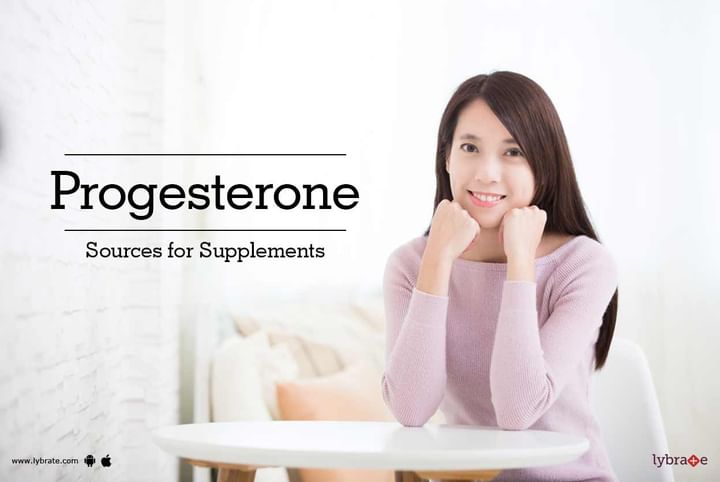Progesterone - Sources for Supplements
Progesterone is a characteristic female hormone, which is also known as the pregnancy hormone, its percentage is generally higher before and during pregnancy. Progesterone supplementation is regularly important during assisted reproductive technology (ART) systems; for example, In-vitro Fertilization (IVF). This is recommended because the medicines you may use during these strategies can change your body's capacity to deliver progesterone. Certain techniques can even expel progesterone delivering cells from your ovaries. All women who wish to end up pregnant need progesterone to help the uterus get ready for and sustain a prepared egg.
Before pregnancy
Progesterone readies the uterus for pregnancy. After ovulation happens, the ovaries begin to deliver progesterone required by the uterus. Progesterone causes the uterine covering or endometrium to thicken. This readies a strong domain in your uterus for a fertilized egg.
During pregnancy
Progesterone sustains the baby. A supply of progesterone to the endometrium keeps on being critical during pregnancy. After effective implantation, progesterone keeps up a steady domain for the forming baby. Following eight to ten weeks of pregnancy, the placenta takes control of progesterone creation from the ovaries and considerably builds the hormone.
Other sources of progesterone supplements
A few types of progesterone supplements are accessible, including vaginal items that deliver progesterone straight to the uterus. The diverse structures include the following:
1. Vaginal gel:
• Utilized once every day for progesterone supplementation
• Over a time of involvement and more than forty million dosages recommended
• In studies where quiet inclination was measured, a dominant part of women favored the gel for comfort over other progesterone medicines
• Some discharge felt during use
2. Vaginal suppositories:
• Wax-based
• Generally utilized yet not FDA-endorsed
• Utilized two to three times each day
• Spillage can be chaotic
3. Vaginal supplements:
• Intended for vaginal use
• FDA-endorsed for progesterone supplementation yet not for progesterone substitution
• Useful in ladies under thirty-fie years; no settled outcomes in women of more than thirty-five years
• Utilized two to three times each day
4. Progesterone oral cases, utilized vaginally:
• Not planned or FDA-affirmed for vaginal utilization
• Fewer symptoms when it is utilized vaginally rather than orally
• Utilized approximately three times each day
5. Infusions:
• An oil-based arrangement (now and then called progesterone in oil)
• Generally utilized; most settled strategy for progesterone delivery
• Infused into the bottom once every day
• Requires a long, thick needle to enter layers of skin and fat
• Hard to oversee
• Infusions might be difficult
• Skin responses are normal
Progesterone is a vital piece of infertility treatment since it boosts implantation and pregnancy. Human services suppliers regularly have an inclination towards which type of progesterone they recommend for fertility treatment. Their application is by and large in view of their involvement with the different techniques. However, accommodation and demand are likewise critical. Most women lean toward a progesterone definition that is simple, advantageous, and agreeable. Thus, make sure to talk about your choices with your social insurance supplier or your doctor. If you wish to discuss any specific problem, you can consult Gynecologist in Pune for instant and right consultation



+1.svg)
